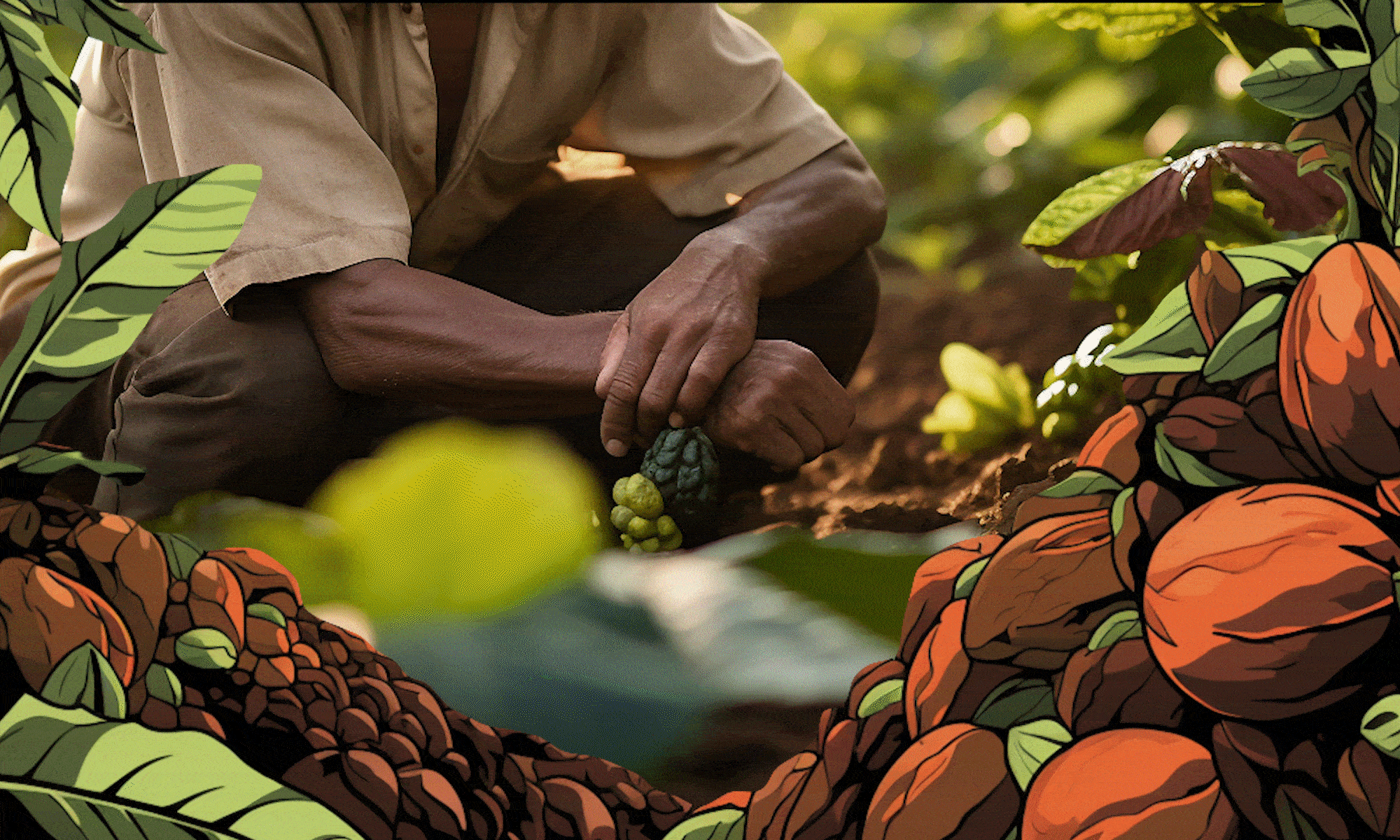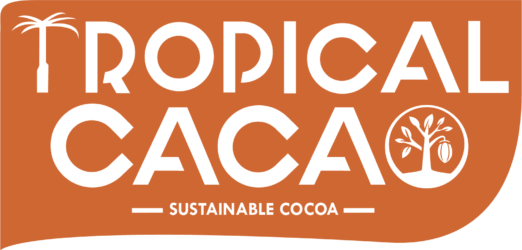A Home Chocolate Maker’s Manual
Meta Description: Learn how to ferment cacao beans at home with our comprehensive step-by-step guide. Master the art of chocolate making from bean to bar with expert tips and troubleshooting advice.
Introduction
Have you ever wondered if you could ferment cacao beans at home? While commercial chocolate makers operate with industrial-scale fermentation systems, passionate chocolate enthusiasts can indeed replicate this crucial process at home. This guide will walk you through the intricacies of small-scale cacao fermentation, ensuring you understand both the science and art behind this transformative process.
Essential Equipment
Before starting your fermentation journey, gather these tools:
- Food-grade wooden box or container
- Thermometer (capable of reading 25-50°C)
- pH meter or strips
- Clean banana leaves (or food-grade alternative)
- Drainage holes equipment
- Insulation materials
- Clean cotton covers
- Hygienic gloves
- Stirring implements
Understanding Raw Materials
Quality ingredients are crucial for successful fermentation:
- Fresh cacao pods
- Clean water
- Starter culture (optional)
- Sanitized equipment
- Temperature-controlled environment
Step-by-Step Fermentation Process
1. Pod Selection and Preparation
Critical first steps:
- Choose fully ripe pods
- Clean exterior thoroughly
- Break pods carefully
- Remove beans with pulp intact
- Inspect for damaged beans
2. Initial Setup
Prepare your fermentation environment:
- Sanitize all equipment
- Create drainage system
- Line container with leaves
- Ensure proper air circulation
- Maintain ambient temperature
3. The Fermentation Phase
Day 1-2:
- Place beans in container
- Cover completely
- Monitor temperature
- Check for liquid drainage
- Maintain 25-30°C
Day 3-5:
- Turn beans every 24 hours
- Monitor temperature increase
- Check pH levels
- Observe color changes
- Assess aroma development
Day 6-7:
- Continue monitoring
- Check for completion signs
- Prepare for drying phase
- Document changes
- Test sample beans
Monitoring Progress
Key indicators of successful fermentation:
- Temperature progression
- Color transformation
- Aroma development
- Bean texture changes
- pH level shifts
Common Challenges and Solutions
Temperature Control
Problem: Insufficient heat generation
Solution:
- Add insulation
- Increase batch size
- Use heating pad
- Adjust room temperature
- Monitor more frequently
Mold Prevention
Problem: Unwanted mold growth
Solution:
- Improve drainage
- Enhance air circulation
- Maintain cleanliness
- Monitor moisture levels
- Regular turning
Incomplete Fermentation
Problem: Uneven fermentation
Solution:
- Better mixing
- Consistent turning
- Temperature management
- Batch size adjustment
- Extended time if needed
Quality Assessment
How to evaluate your fermented cacao:
- Cut test appearance
- Aroma profile
- Texture assessment
- Taste evaluation
- Color uniformity
Moving to Drying
Critical post-fermentation steps:
- Proper timing
- Temperature control
- Air circulation
- Moisture monitoring
- Contamination prevention
Storage and Aging
Preserving your fermented beans:
- Clean, dry container
- Temperature control
- Humidity management
- Regular inspection
- Proper labeling
Advanced Techniques
Starter Cultures
Enhancing fermentation:
- Types available
- Application methods
- Benefits and risks
- Monitoring requirements
- Result differences
Temperature Control
Fine-tuning the process:
- Heating methods
- Cooling techniques
- Measurement accuracy
- Documentation importance
- Adjustment strategies
Safety Considerations
Maintaining food safety:
- Personal hygiene
- Equipment sanitation
- Contamination prevention
- Process monitoring
- Quality control
Conclusion
DIY cacao fermentation requires patience, attention to detail, and consistent monitoring. While challenging, the reward of creating your own fermented cacao beans for chocolate making is unparalleled. Remember that each batch is a learning opportunity, and perfection comes with practice.
FAQs
Q: How long does home fermentation take?
A: Typically 5-7 days, depending on conditions.
Q: Can I ferment any type of cacao?
A: Yes, but different varieties require slightly different approaches.
Q: What’s the minimum batch size?
A: At least 2-3kg for proper heat generation.
Q: How do I know fermentation is complete?
A: Color change, aroma development, and cut test results.
Q: Can I use plastic containers?
A: Wood is preferred for proper fermentation.
*[DIY]: Do It Yourself
*[pH]: Potential of Hydrogen
Keywords: cacao fermentation, DIY chocolate making, home chocolate production, bean to bar chocolate, cacao processing, chocolate making guide, fermented cacao beans, artisan chocolate making

